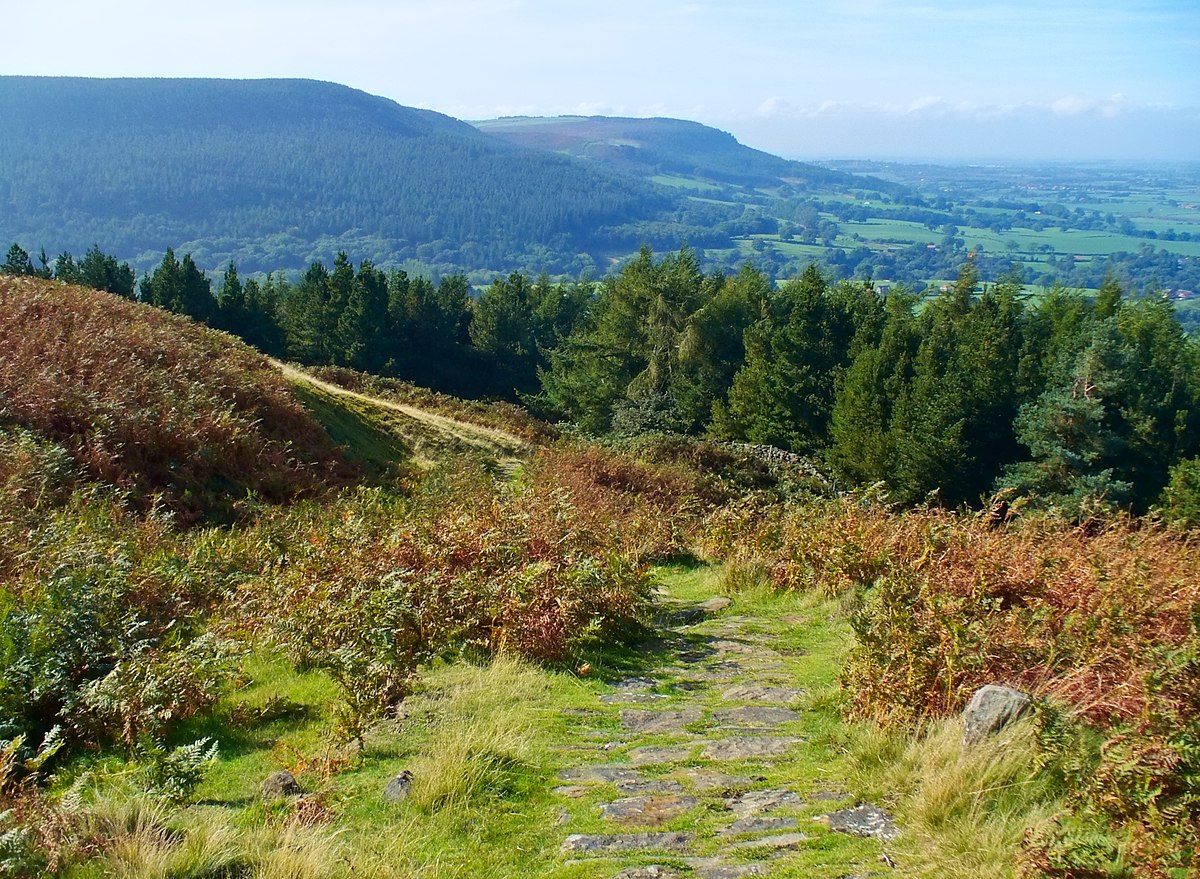T Bolt
Colonel
Back when I was 13 or 14 years old there was a thunderstorm coming in from the west and being a dumb teenager I stayed out in the back yard and watched it come in. You could feel the electricity in the air and the hair on my arms was standing up. Lightning was striking and although there was a second or two delay to hear the thunder I could here a sizzle at the same instant I saw the lightning. Thats when I got scared and ran for the house. I later saw a PBS show about lightning that showed those streamers talked about above in post 37 and it said they were feelers that are put out to find the easiest path for the lightning bolt. I figured even though I didn't see them, that was what was making the sizzling noise around me.
I don't mess with lightning anymore.
I don't mess with lightning anymore.

